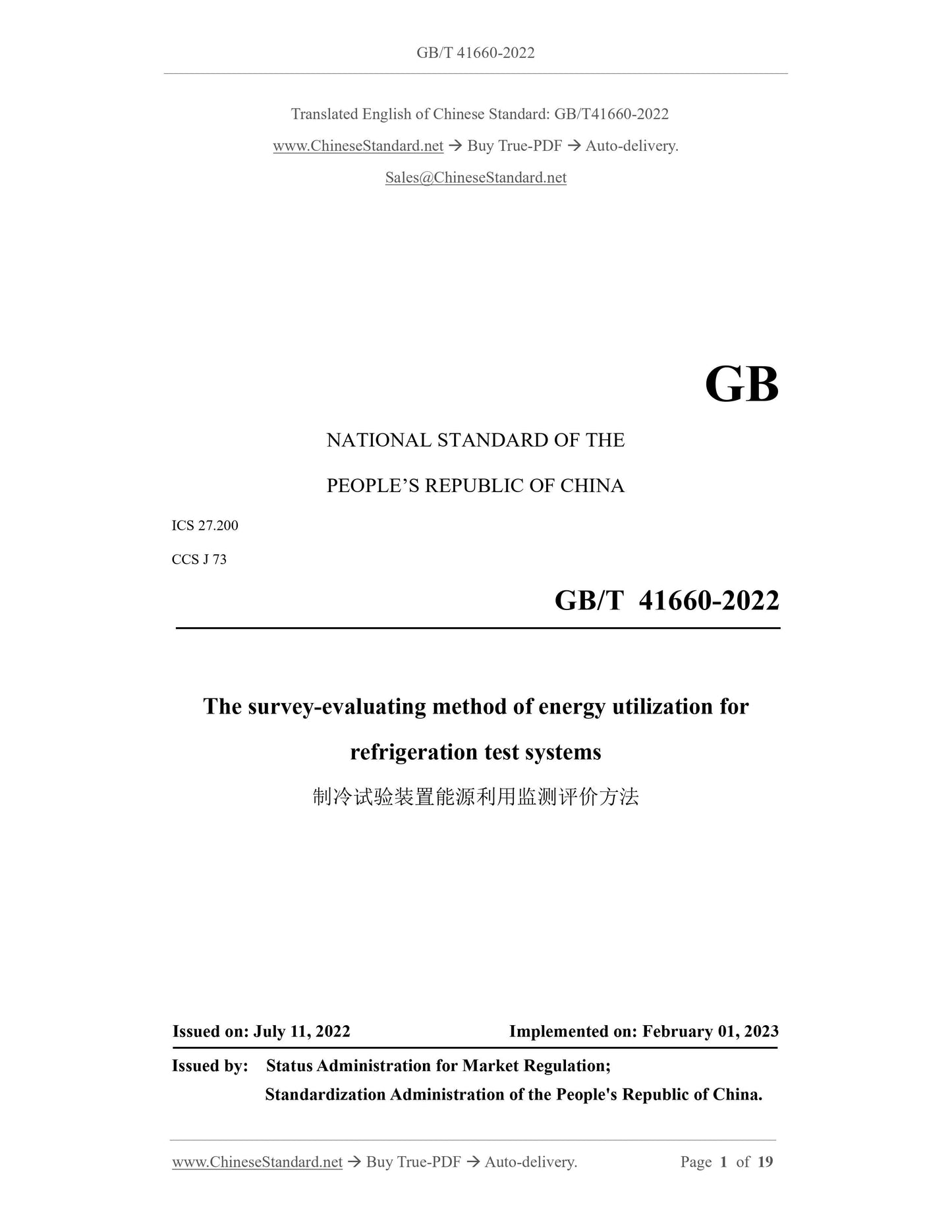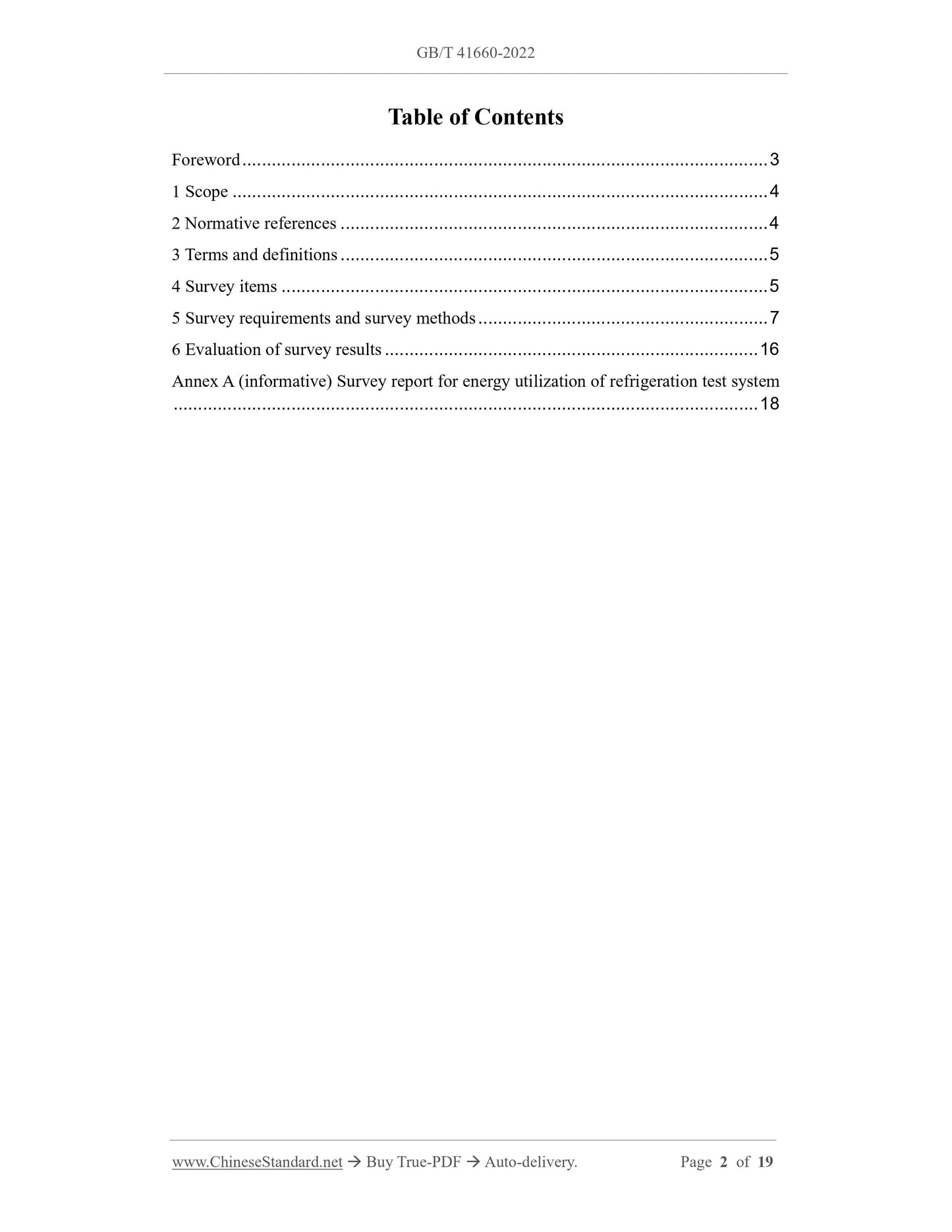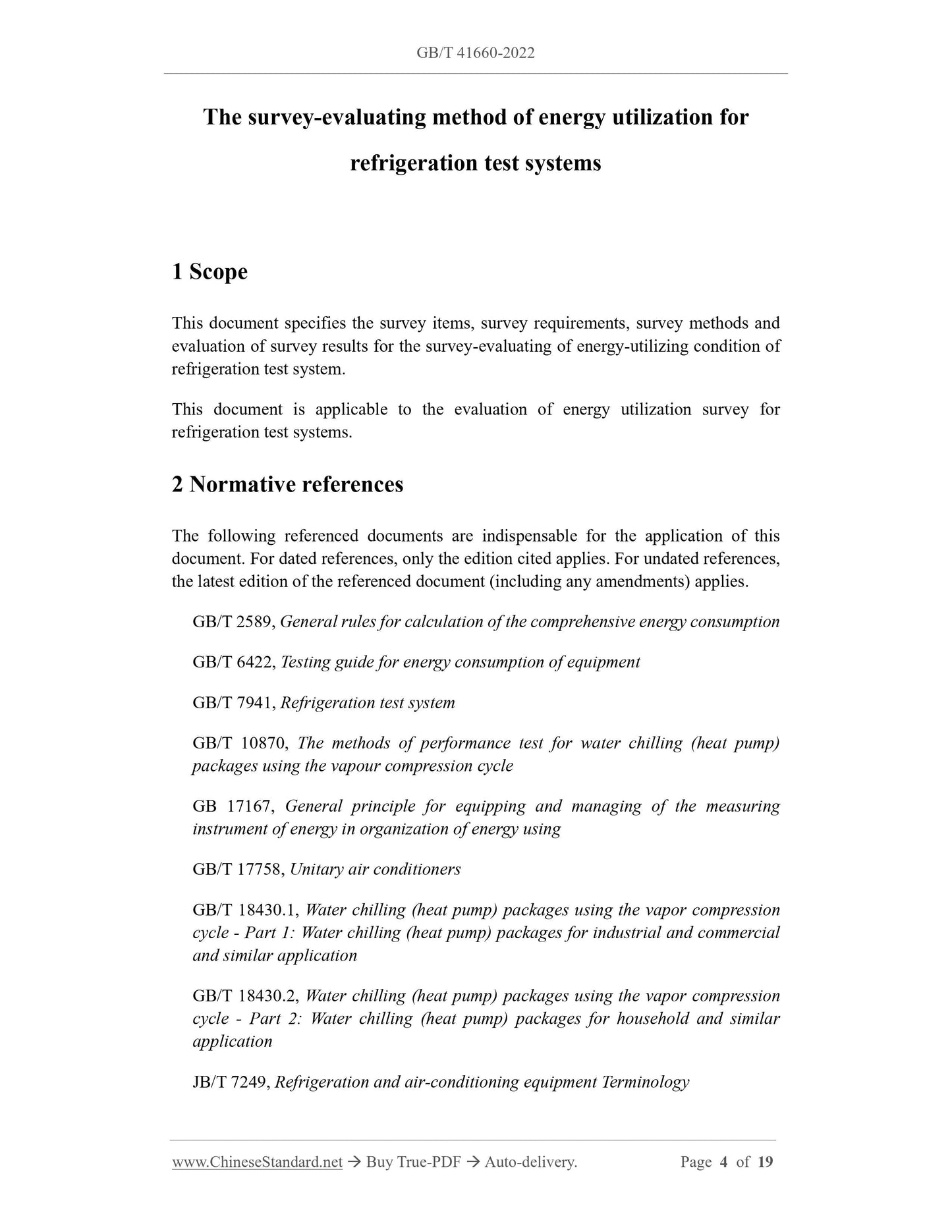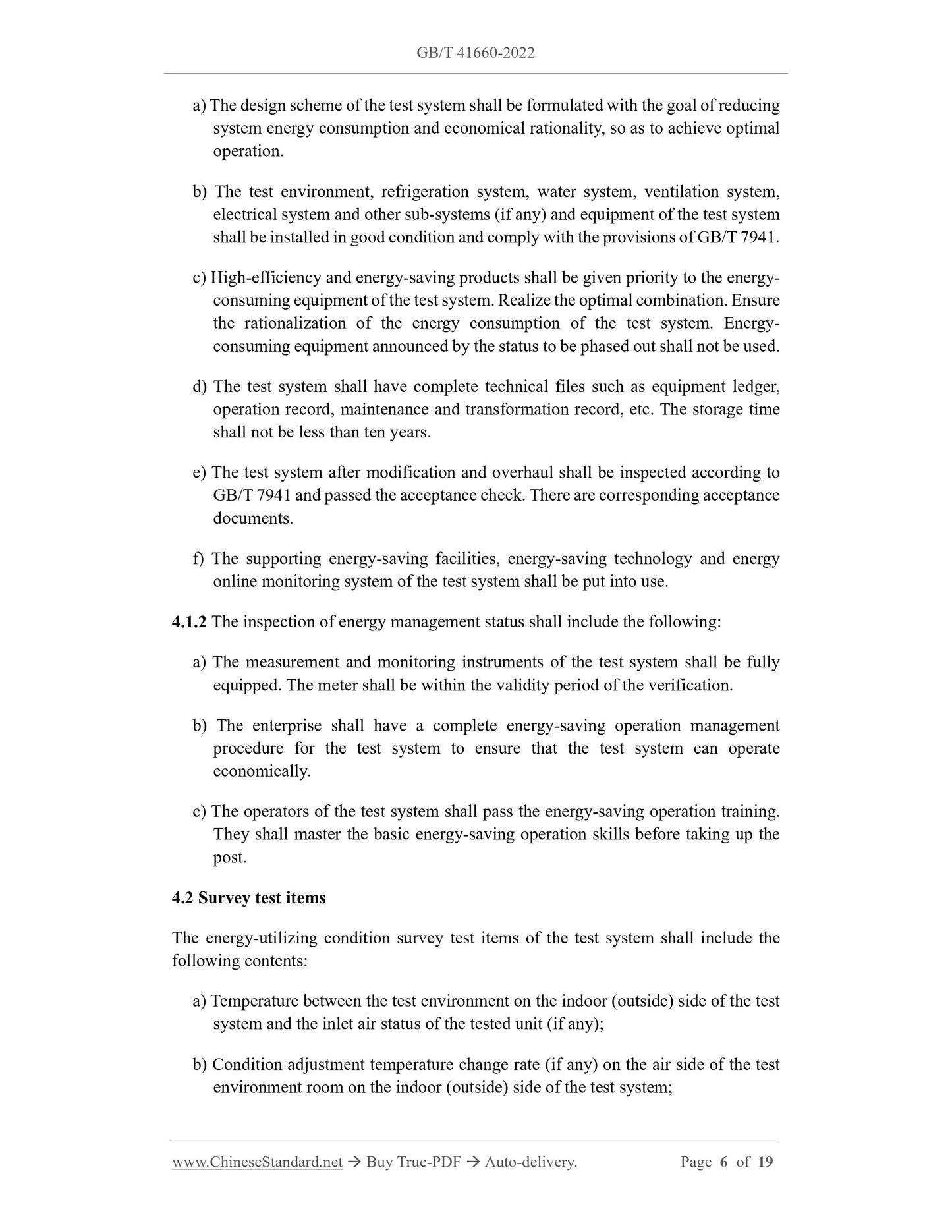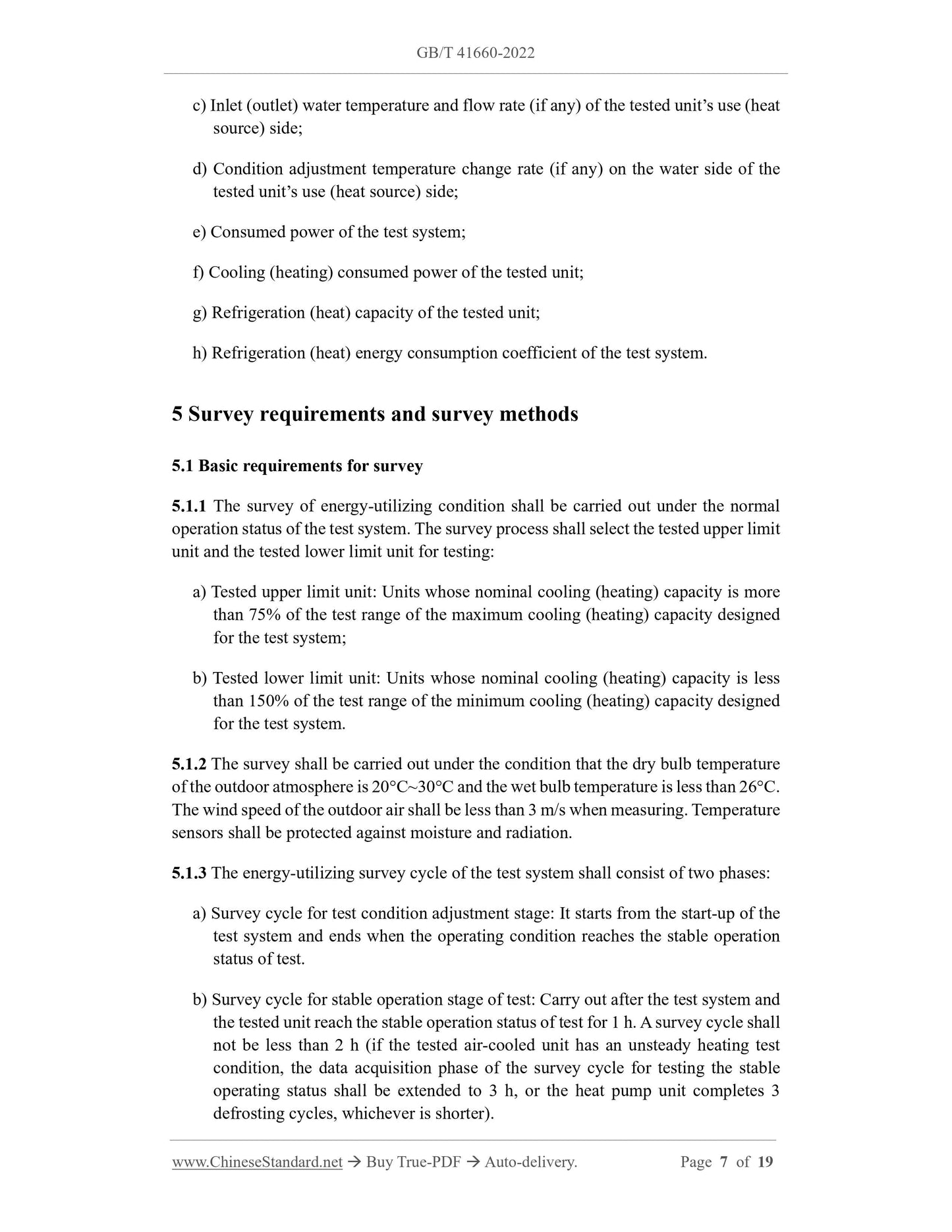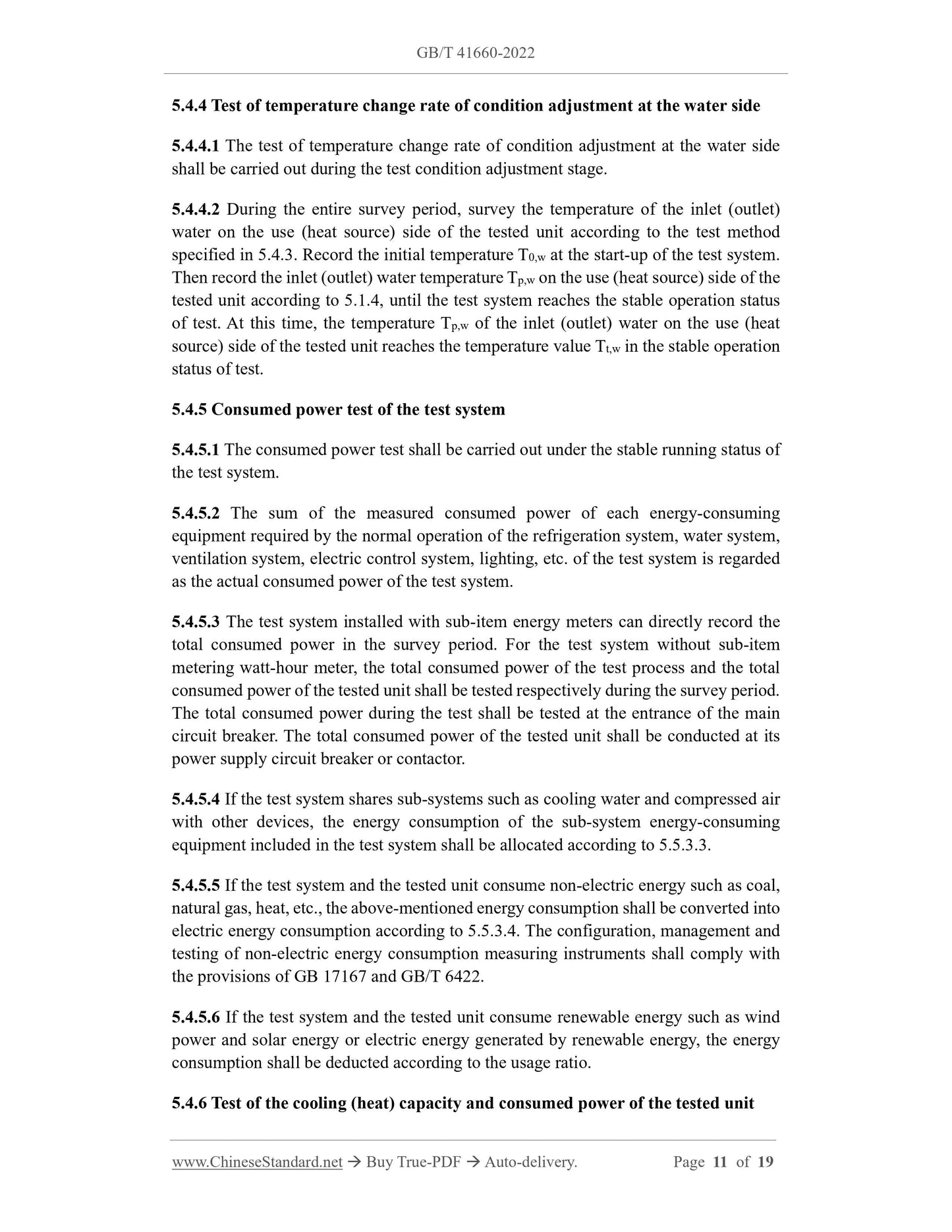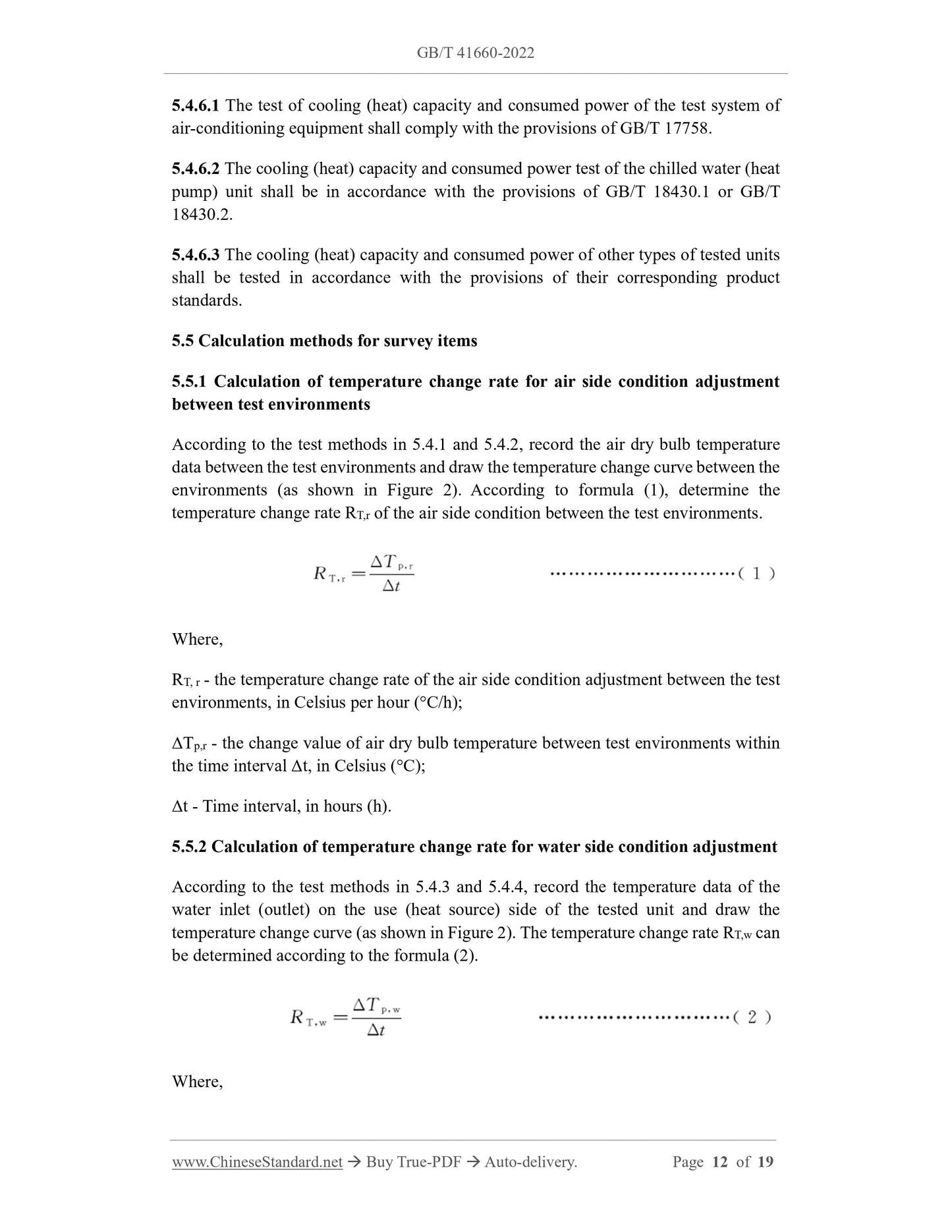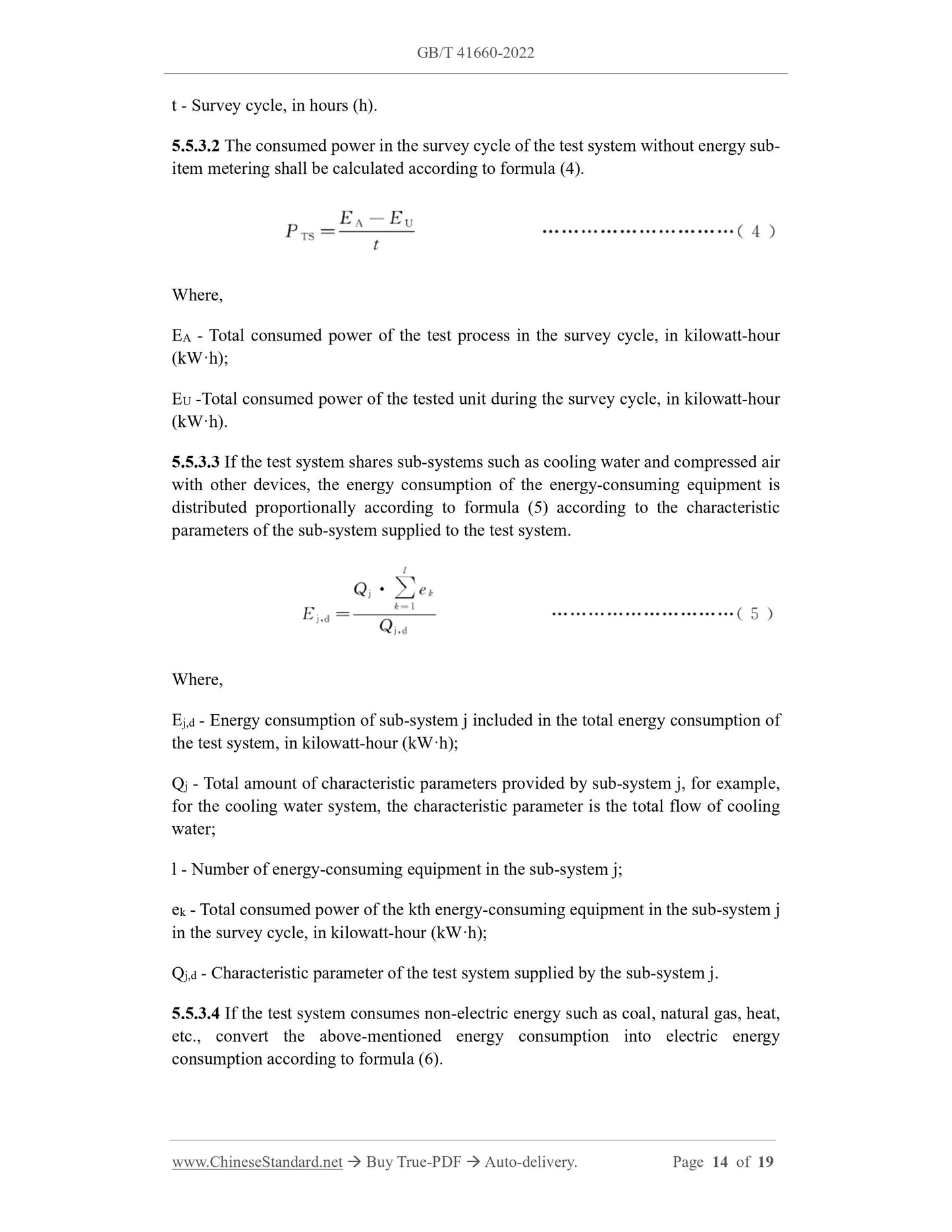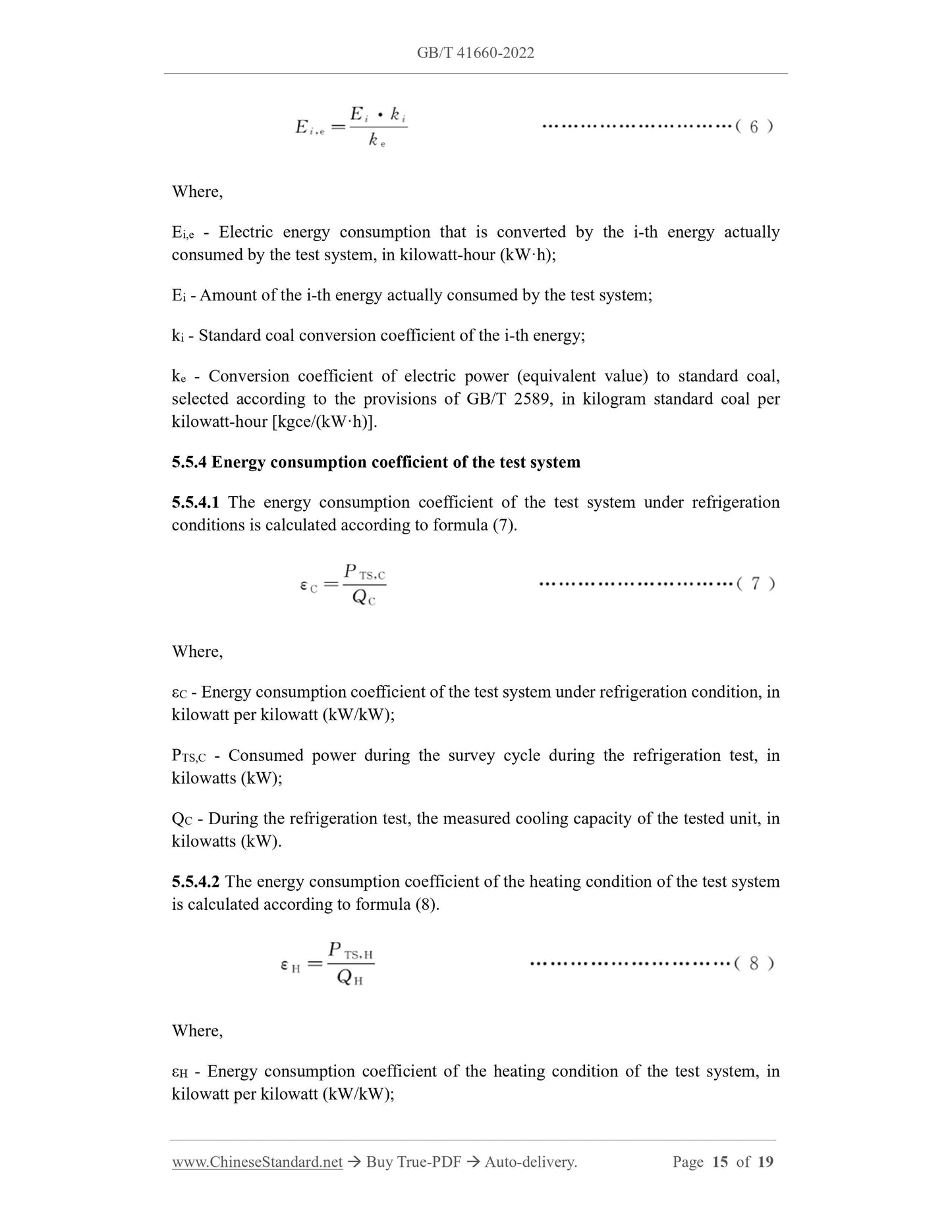1
/
of
9
www.ChineseStandard.us -- Field Test Asia Pte. Ltd.
GB/T 41660-2022 English PDF (GB/T41660-2022)
GB/T 41660-2022 English PDF (GB/T41660-2022)
Regular price
$230.00
Regular price
Sale price
$230.00
Unit price
/
per
Shipping calculated at checkout.
Couldn't load pickup availability
GB/T 41660-2022: The survey-evaluating method of energy utilization for refrigeration test systems
Delivery: 9 seconds. Download (and Email) true-PDF + Invoice.Get Quotation: Click GB/T 41660-2022 (Self-service in 1-minute)
Newer / historical versions: GB/T 41660-2022
Preview True-PDF
Scope
This document specifies the survey items, survey requirements, survey methods andevaluation of survey results for the survey-evaluating of energy-utilizing condition of
refrigeration test system.
This document is applicable to the evaluation of energy utilization survey for
refrigeration test systems.
Basic Data
| Standard ID | GB/T 41660-2022 (GB/T41660-2022) |
| Description (Translated English) | The survey-evaluating method of energy utilization for refrigeration test systems |
| Sector / Industry | National Standard (Recommended) |
| Classification of Chinese Standard | J73 |
| Word Count Estimation | 14,185 |
| Issuing agency(ies) | State Administration for Market Regulation, China National Standardization Administration |
Share
